Stone, earth, void are words chosen by Eduardo Chillida to give names to his sculptures. With them he evokes the materiality and significance of these elements, which are incorporated into the work as a part of his sculptural discourse.
Eduardo Chillida, one of Spain’s most significant sculptors of the 20th century, is known for his monumental works in steel, granite, and alabaster—sculptures that meditate on space, form, and the void. Born in San Sebastián, Chillida trained in architecture before devoting himself fully to sculpture, developing a distinctive language of abstract, weighty forms that engage both gravity and grace. In the early 1980s, together with his wife Pilar Belzunce, Chillida purchased a dilapidated 16th-century farmhouse in the Basque countryside near Hernani. Over time, this site became Chillida Leku, meaning 'Chillida’s Place', a unique museum where landscape, architecture, and art form a single, unified composition.
At the heart of Chillida Leku is an expansive sculpture garden that flows across meadows, glades, and wooded paths. The outdoor works—over 40 in total—are masterfully placed within the natural contours of the land, encouraging a quiet, intuitive encounter with each piece. Monumental sculptures like Buscando la Luz and Lotura XXXII, made of corten steel or stone, rise from the earth like ancient relics or industrial totems, inviting reflection. The landscape design, recently revitalized by Dutch designer Piet Oudolf, enhances the garden’s organic, immersive quality, where visitors can wander freely without signage or fixed routes—true to Chillida’s belief that 'art isn’t taught, it is felt.'
Anchoring the site is the Zabalaga farmhouse, originally constructed in 1543 and restored under Chillida’s direction. Preserving its original stone and timber structure, the farmhouse now serves as an interior gallery space for smaller works in alabaster, terracotta, steel, and paper—materials unsuited to outdoor display. The warm, sunlit rooms maintain the atmosphere of a lived-in space while functioning as a dynamic archive of Chillida’s more intimate explorations. The farmhouse also hosts rotating exhibitions, including retrospectives and tributes, such as the 2025 celebration of Pilar Belzunce.
More than a museum, Chillida Leku is a living canvas—an expression of Chillida’s profound dialogue with space, nature, and material. It is a place of encounter, where art is not simply viewed, but experienced.
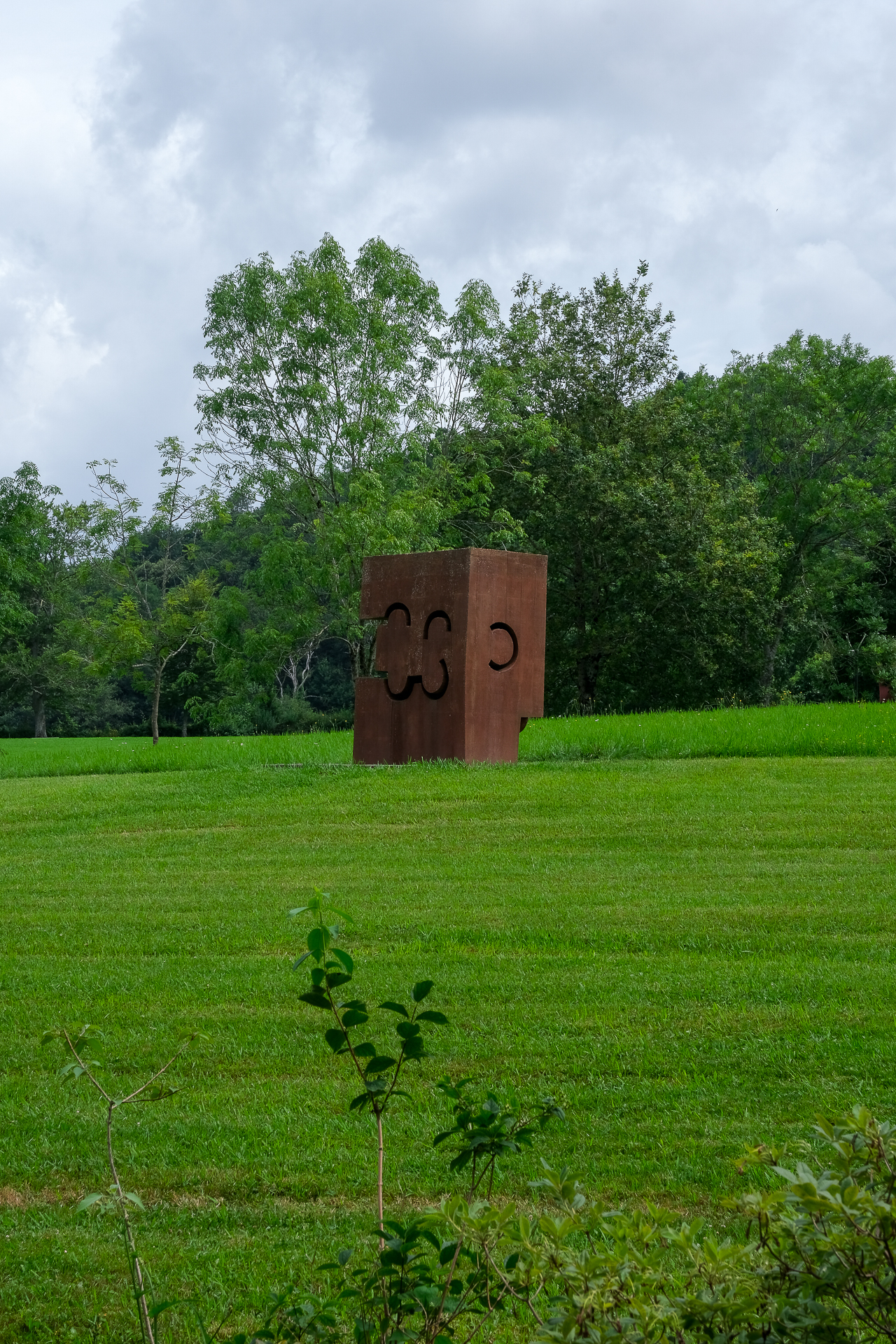
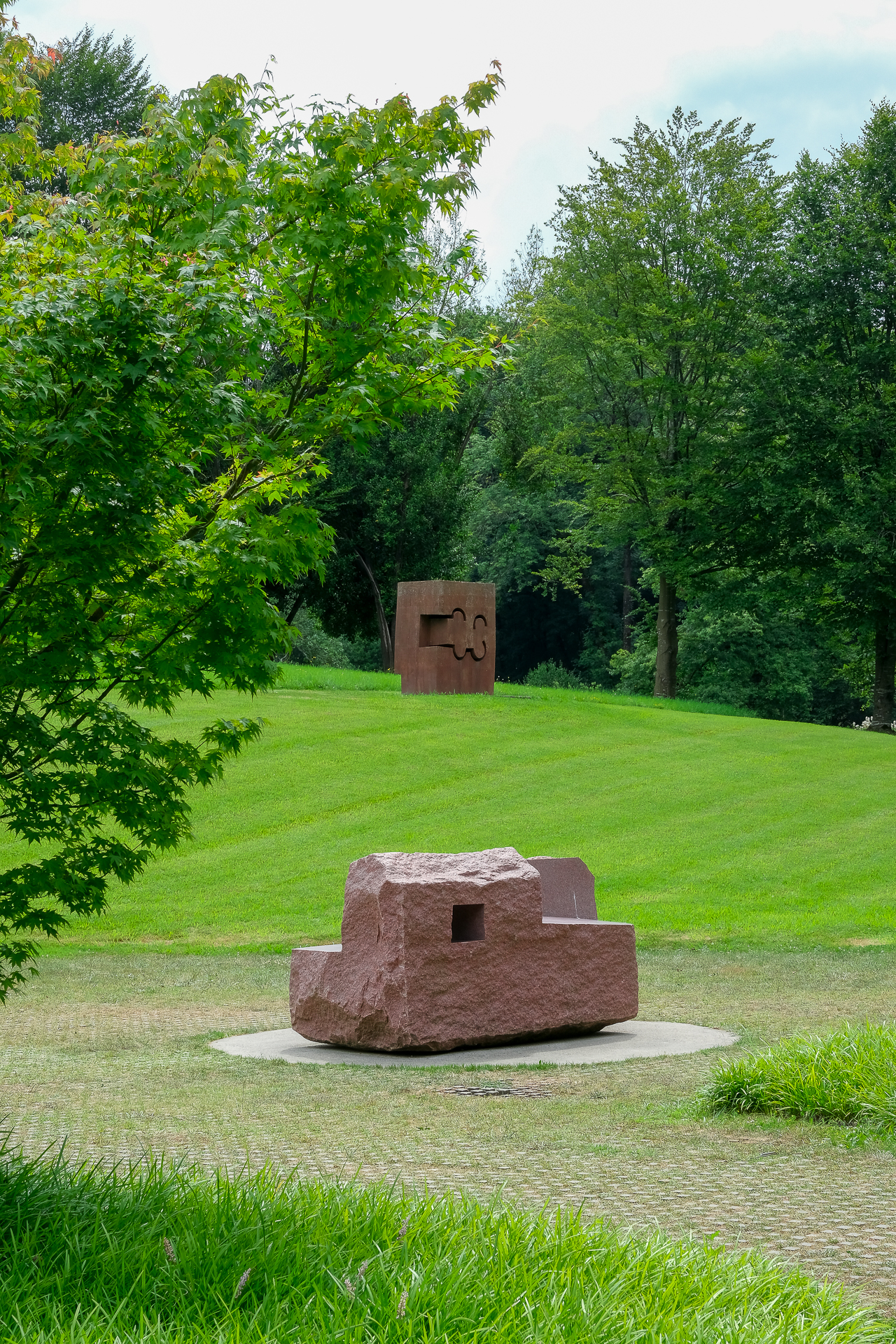
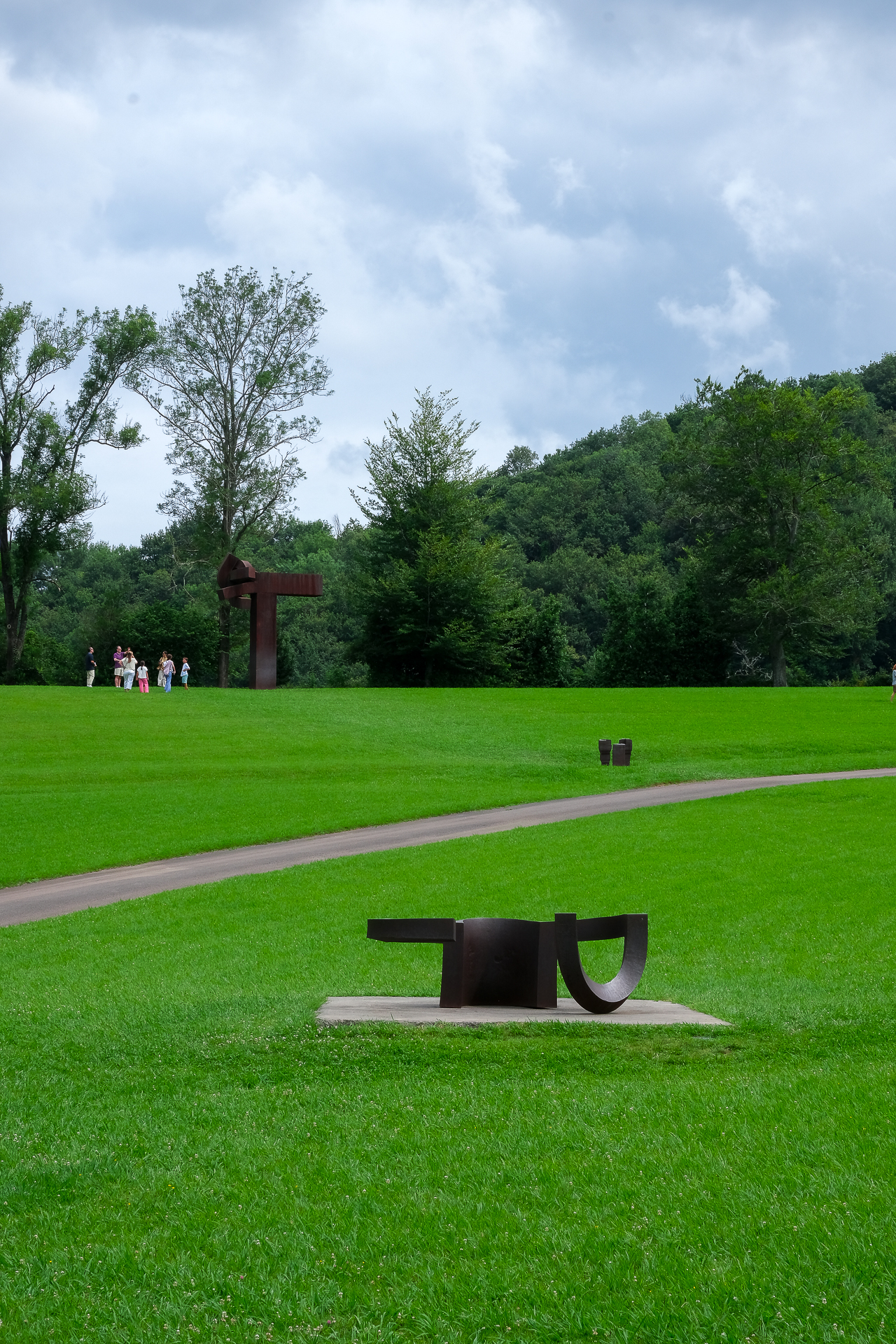
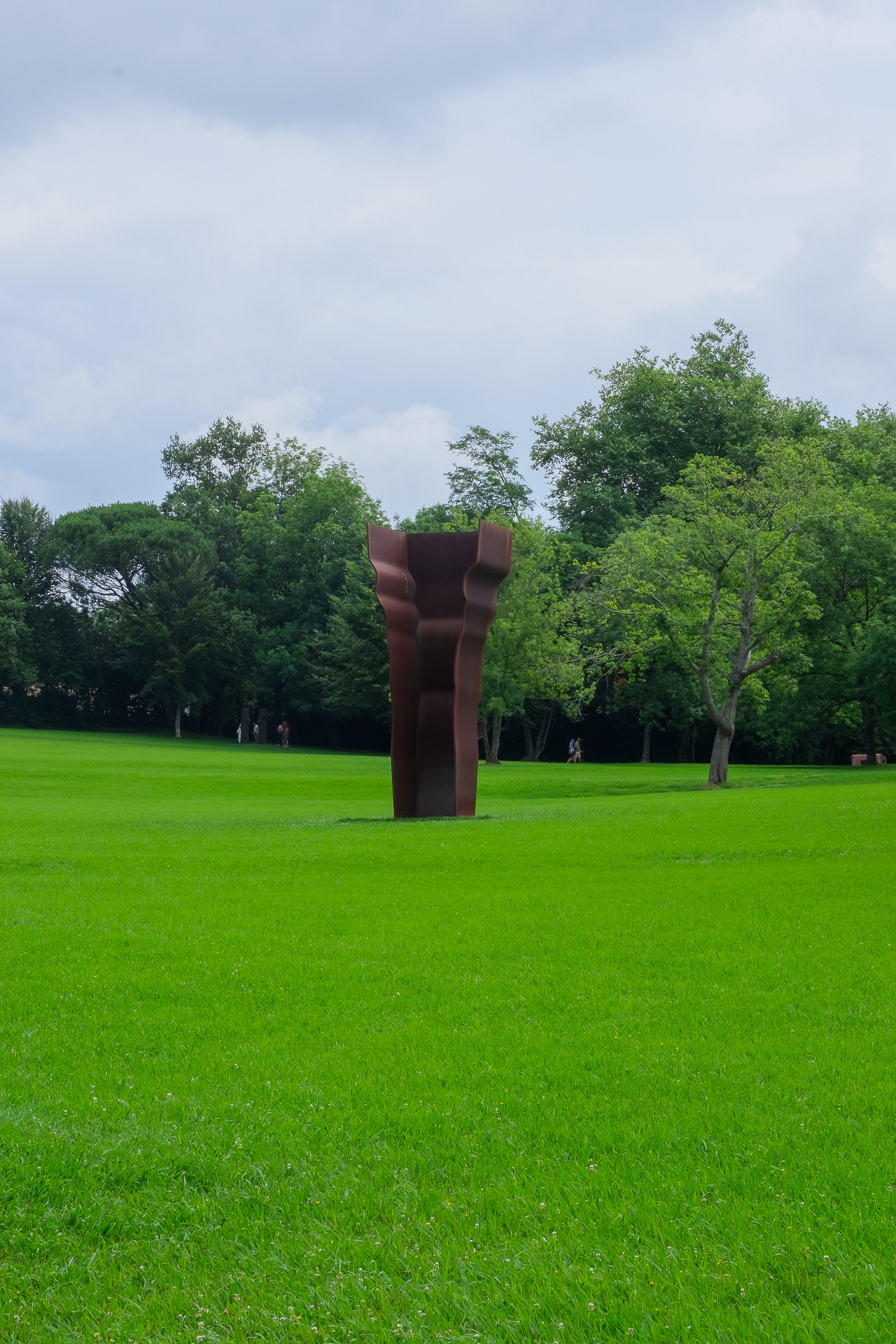
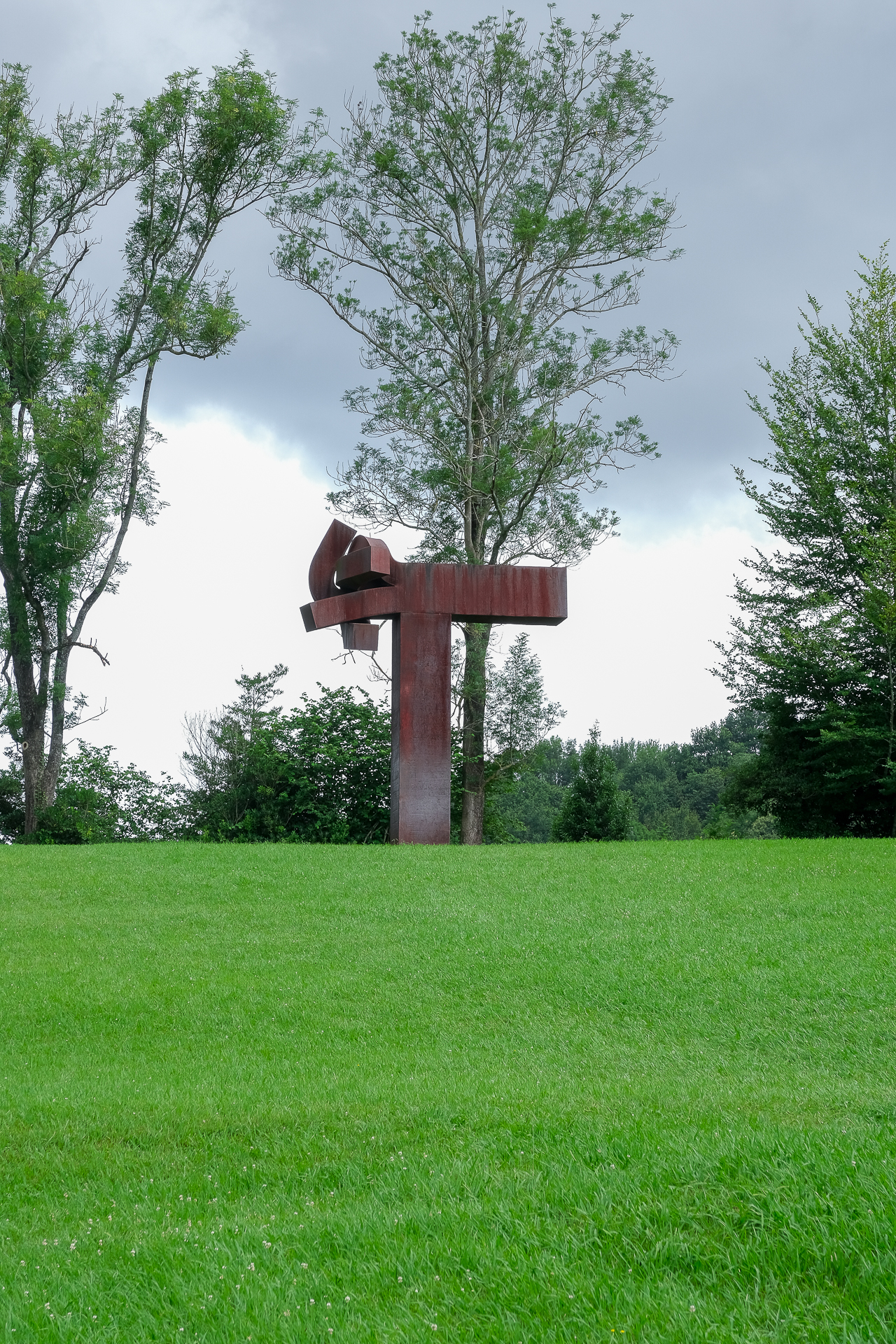
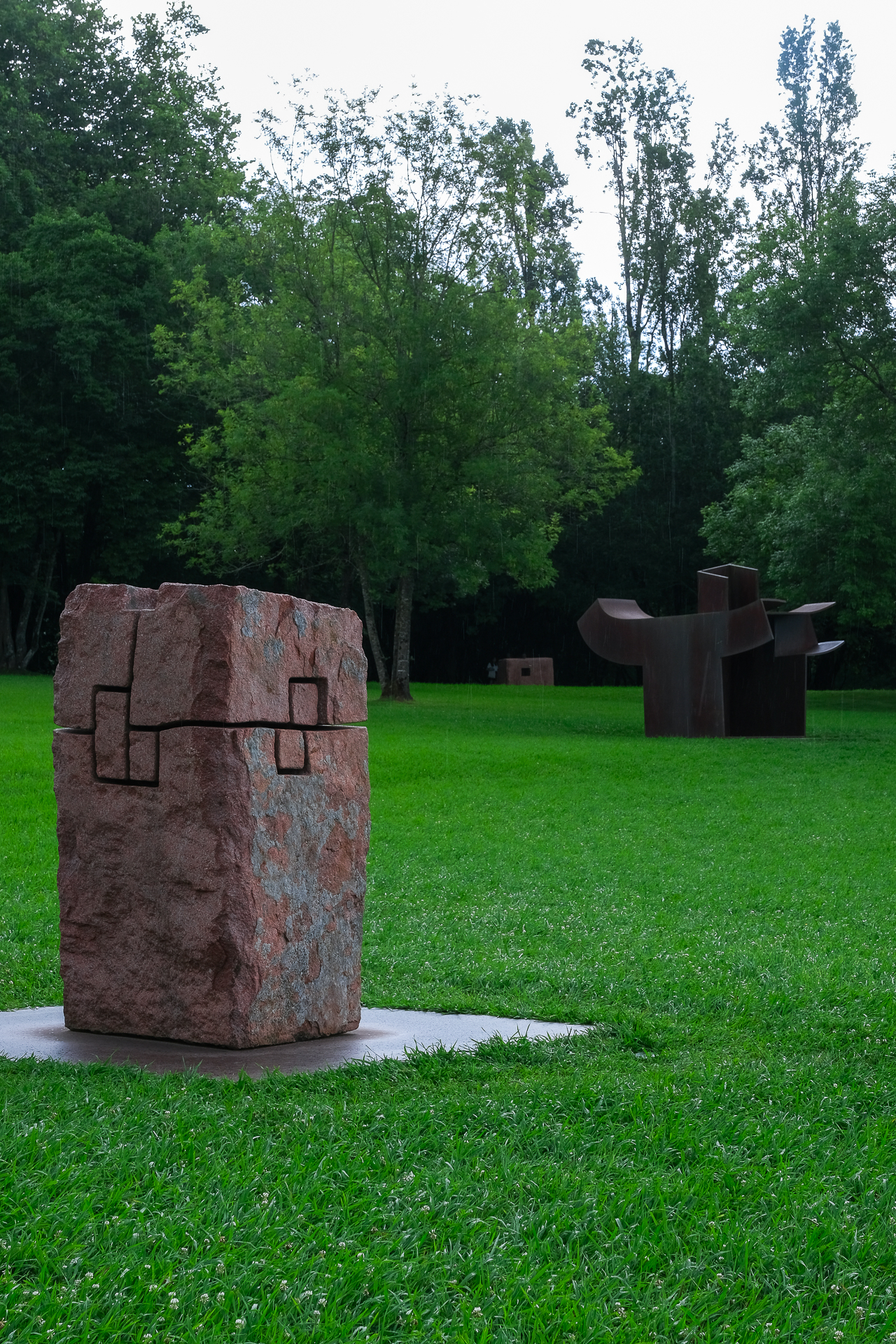
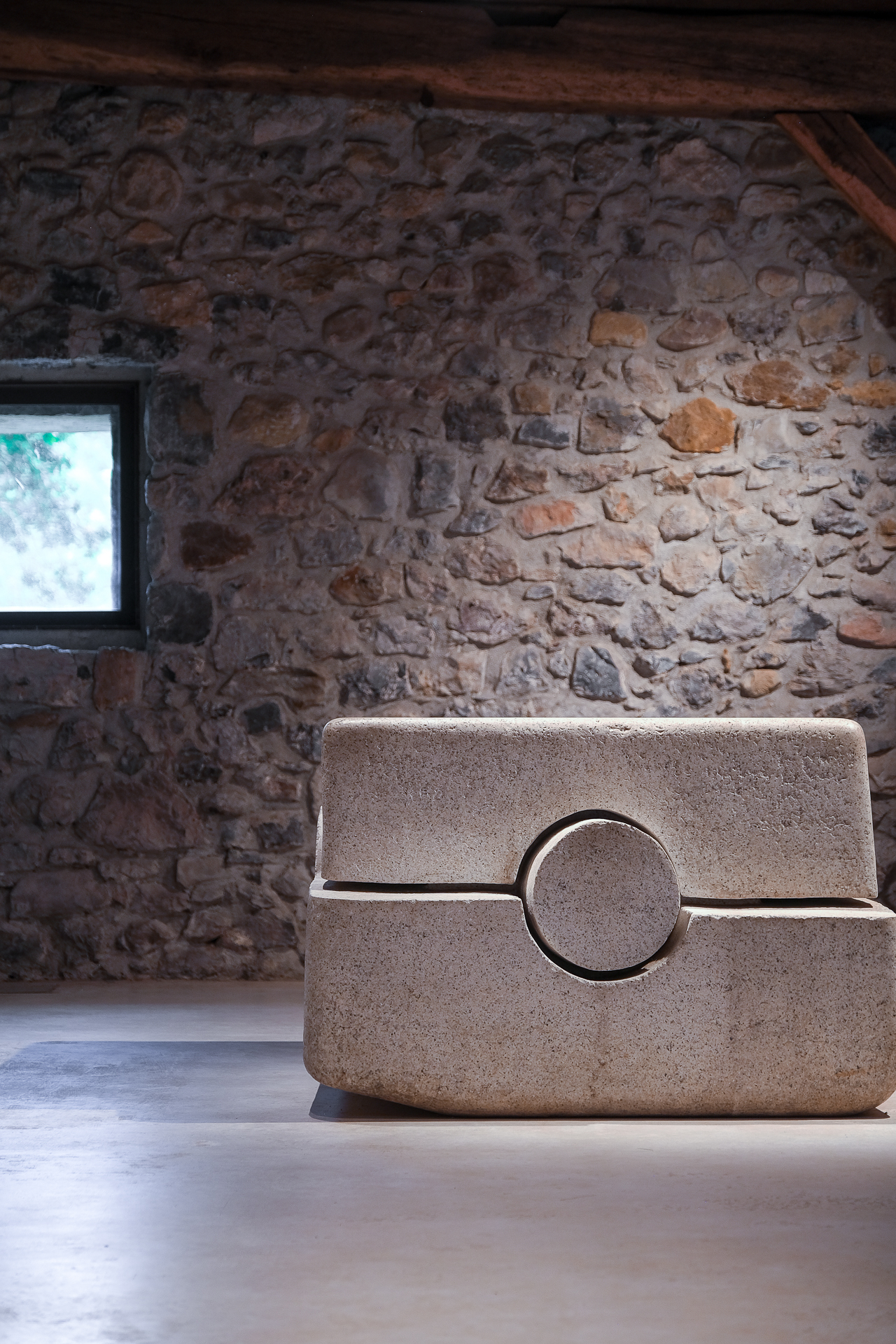
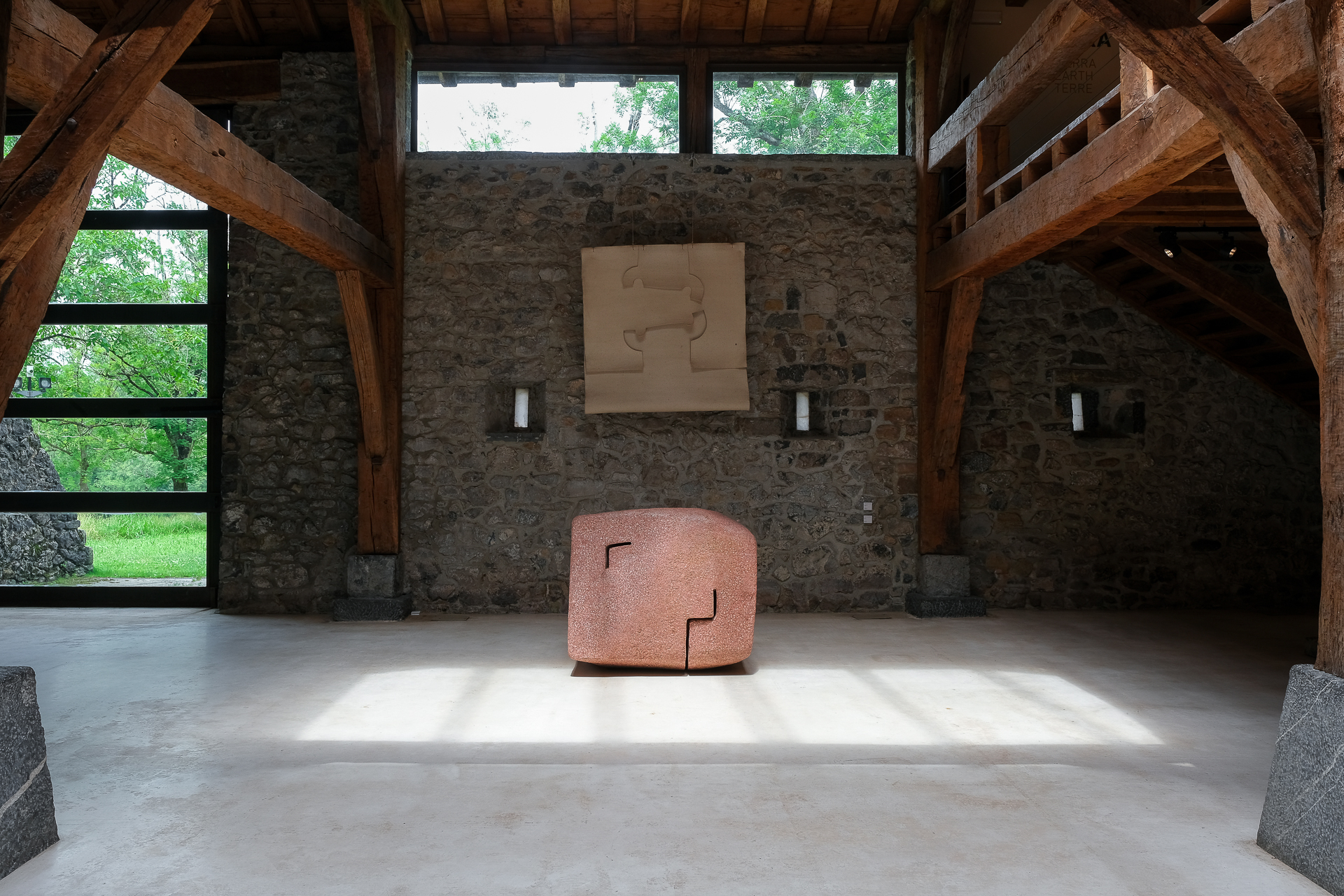
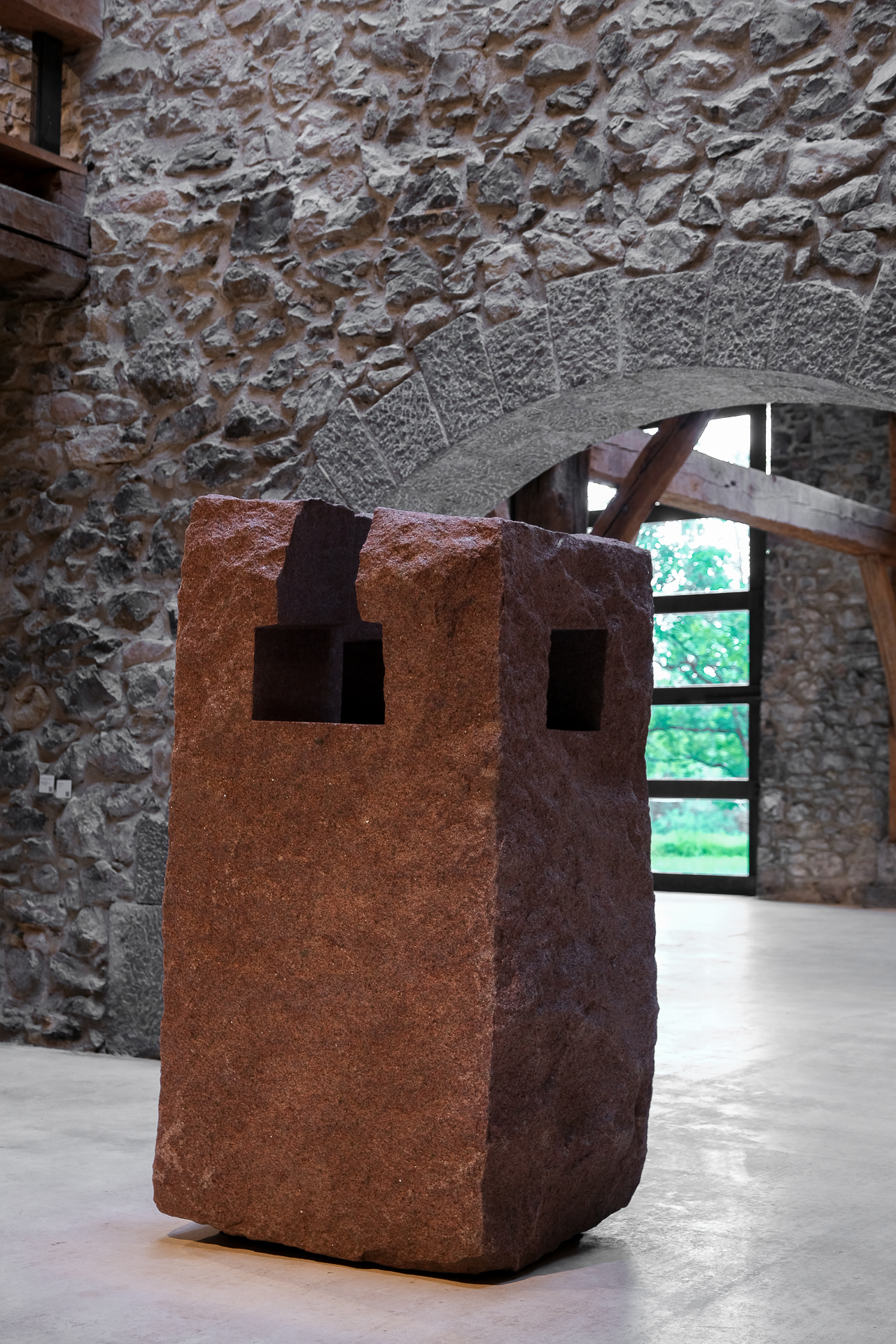
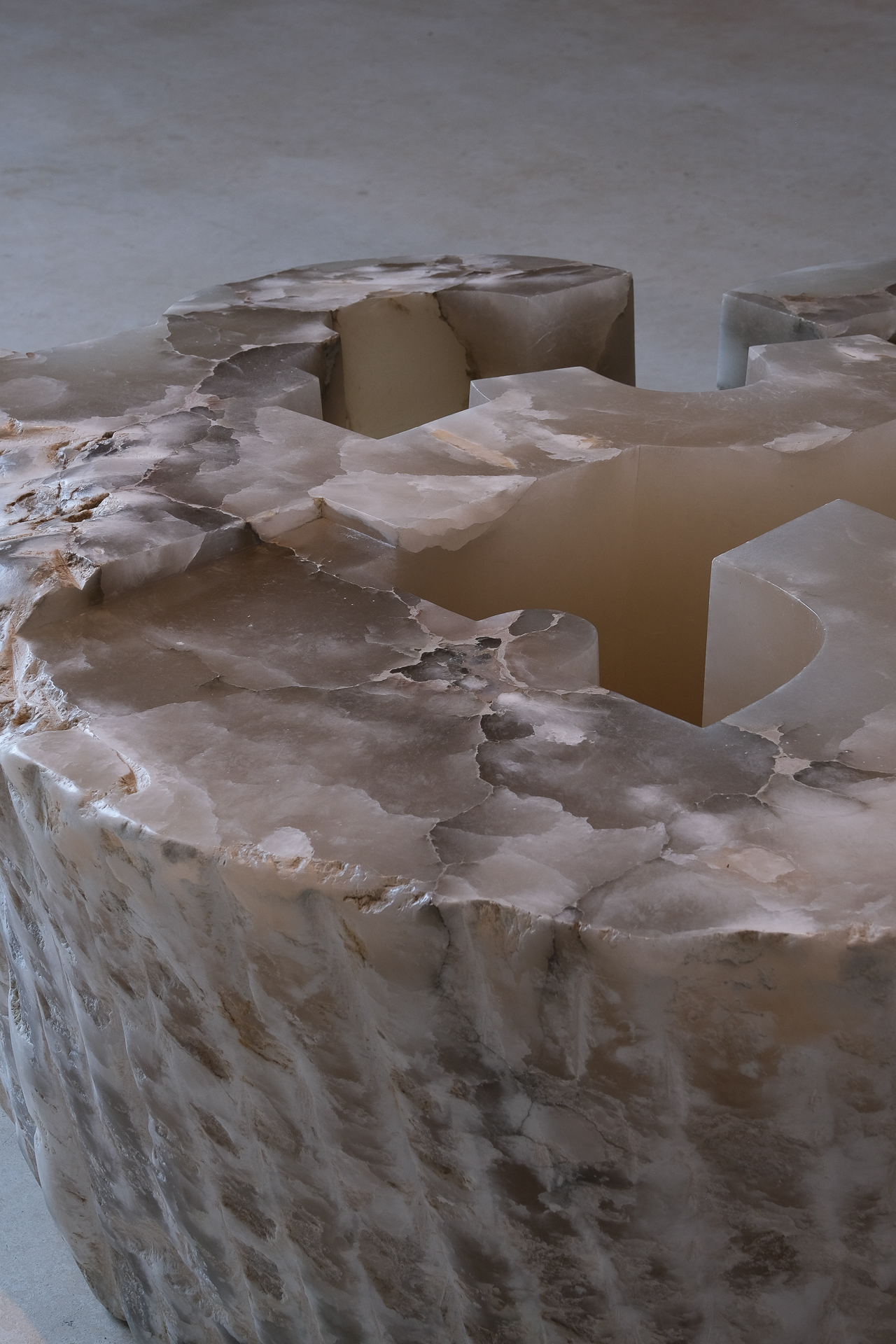
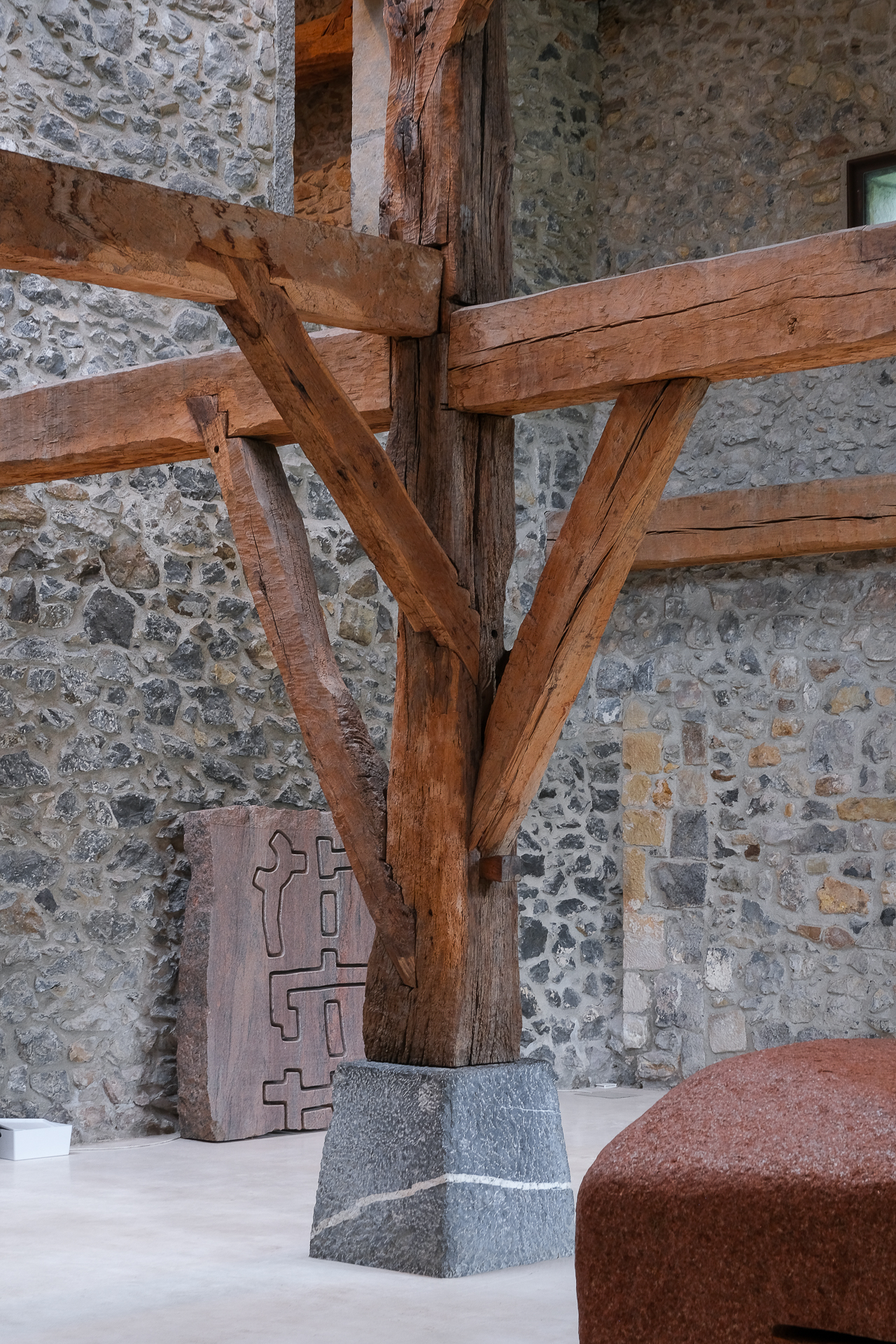
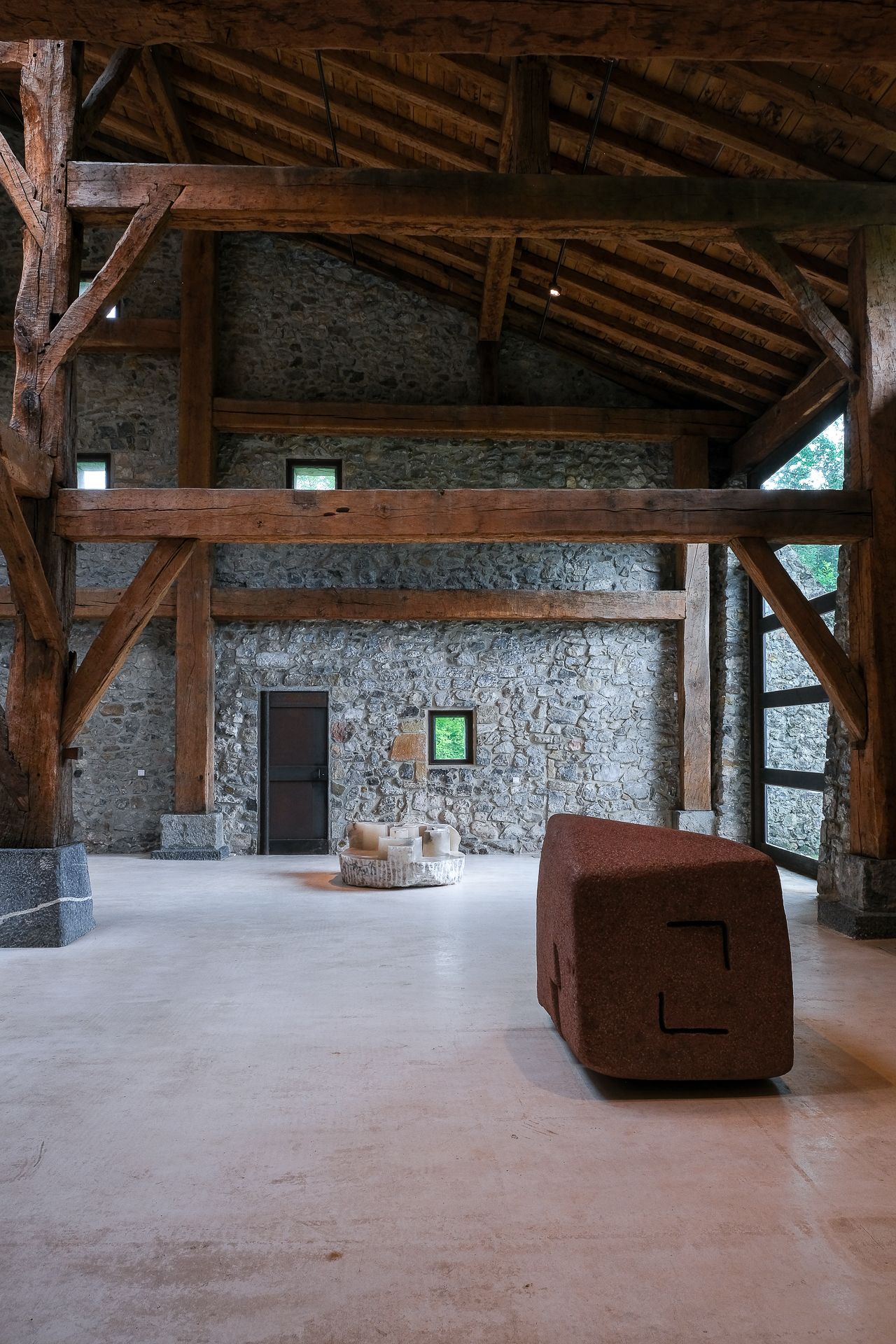
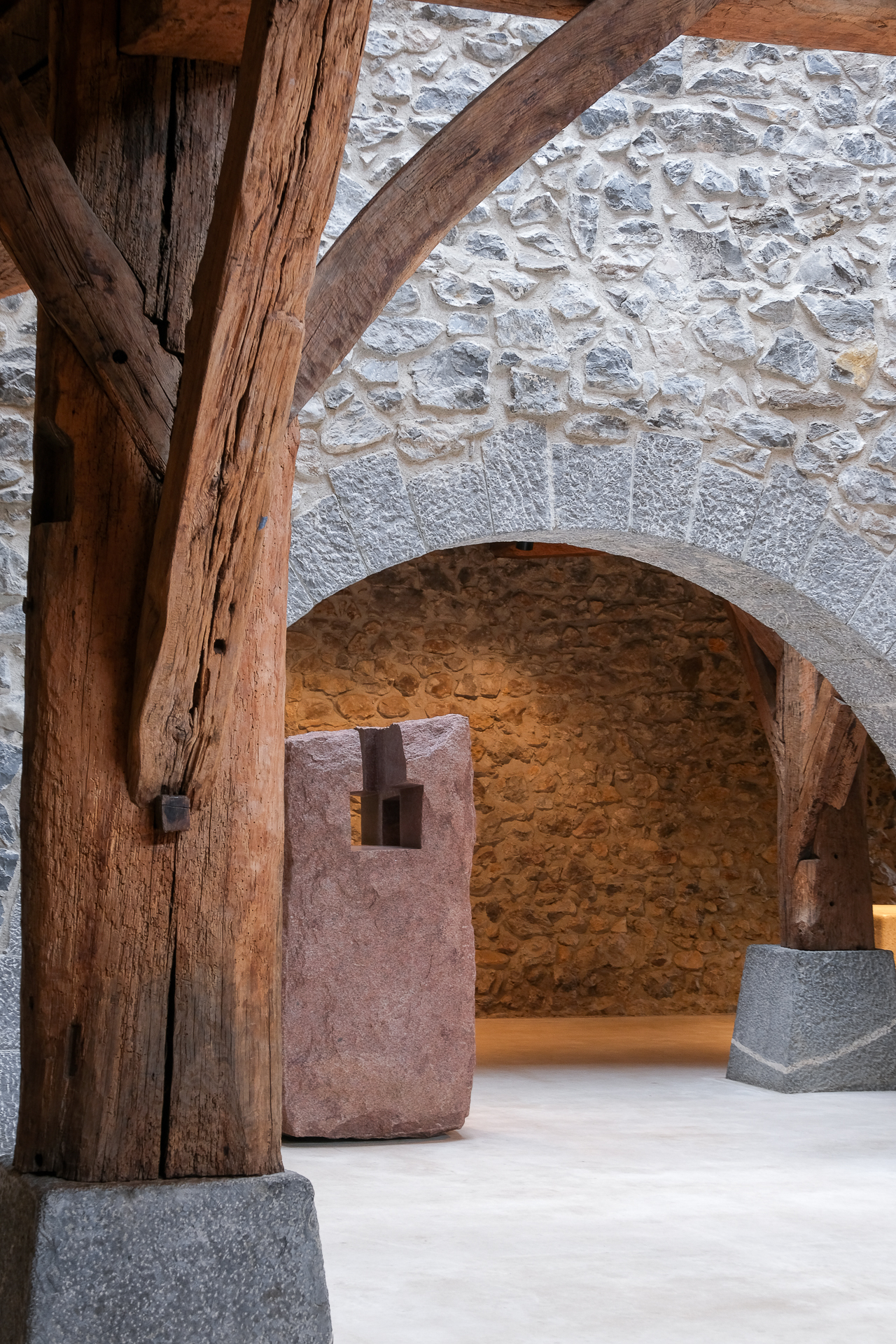
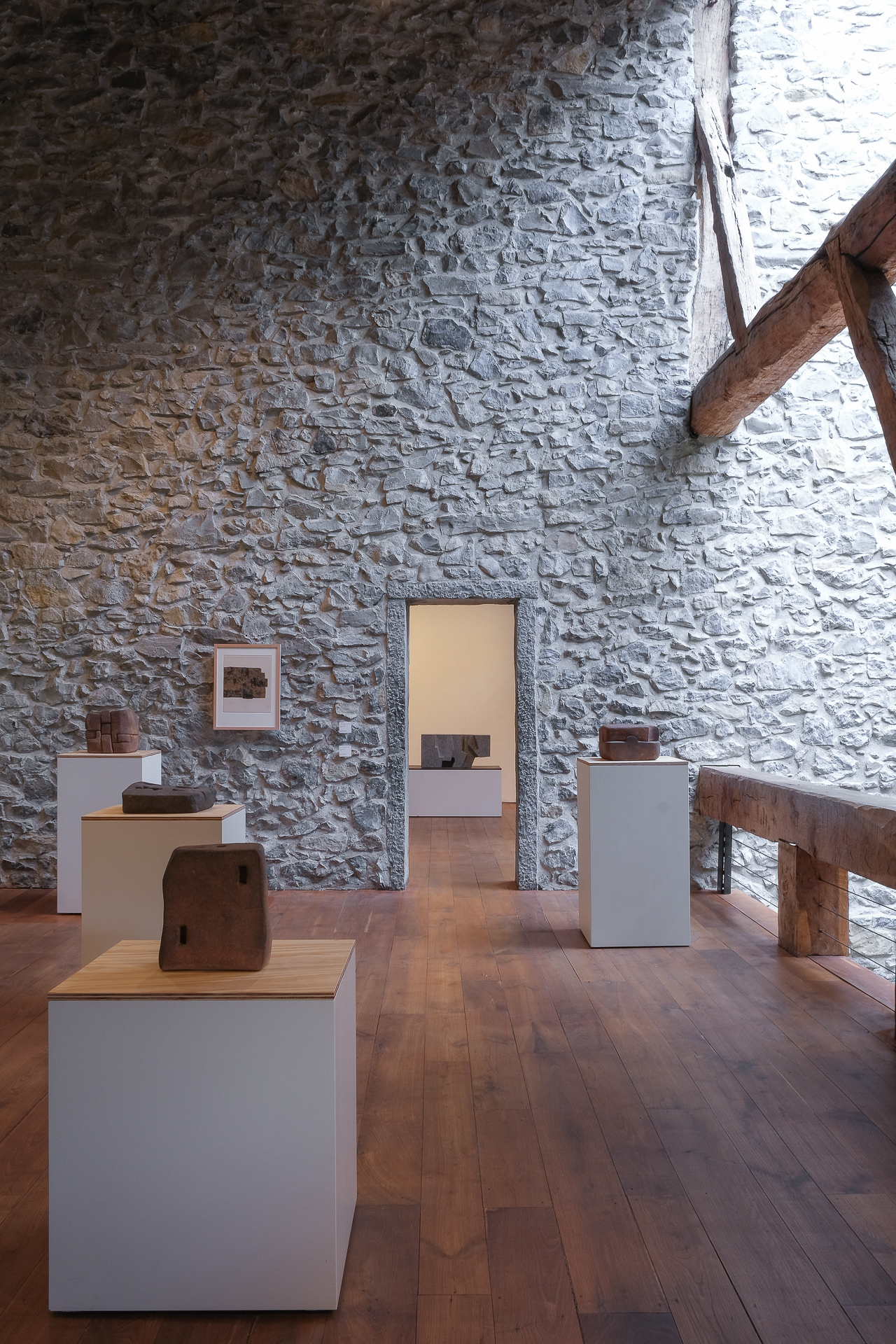
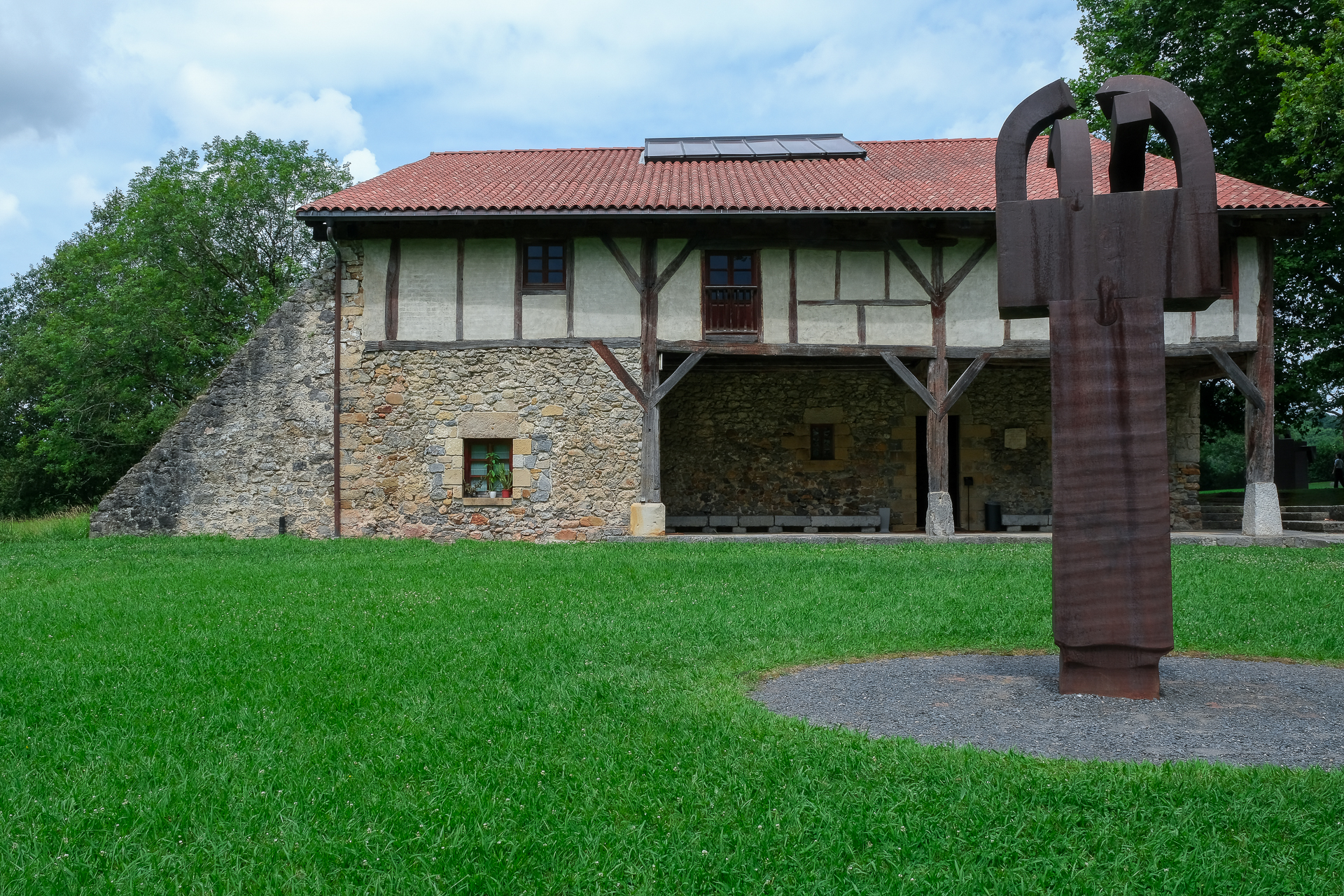
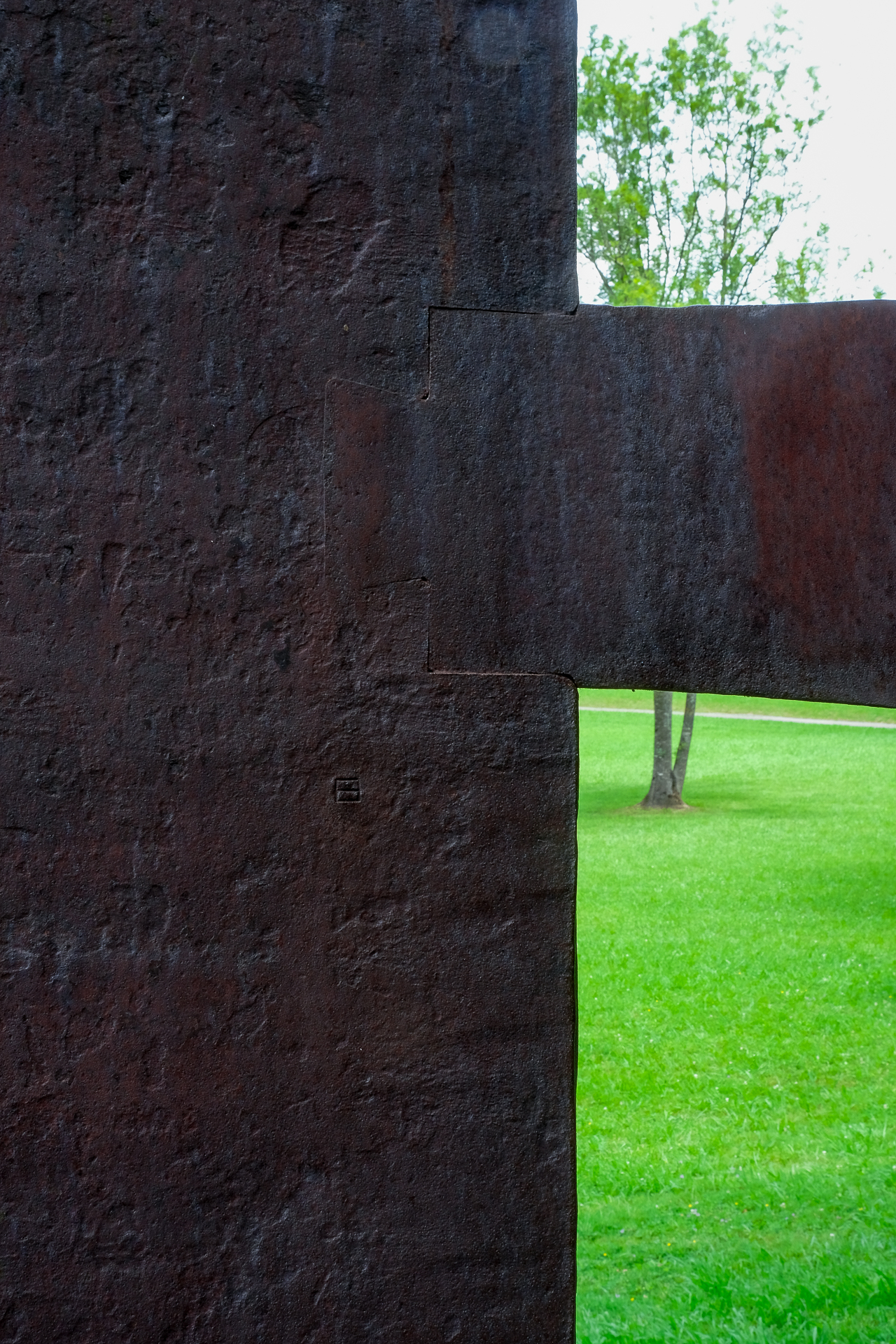
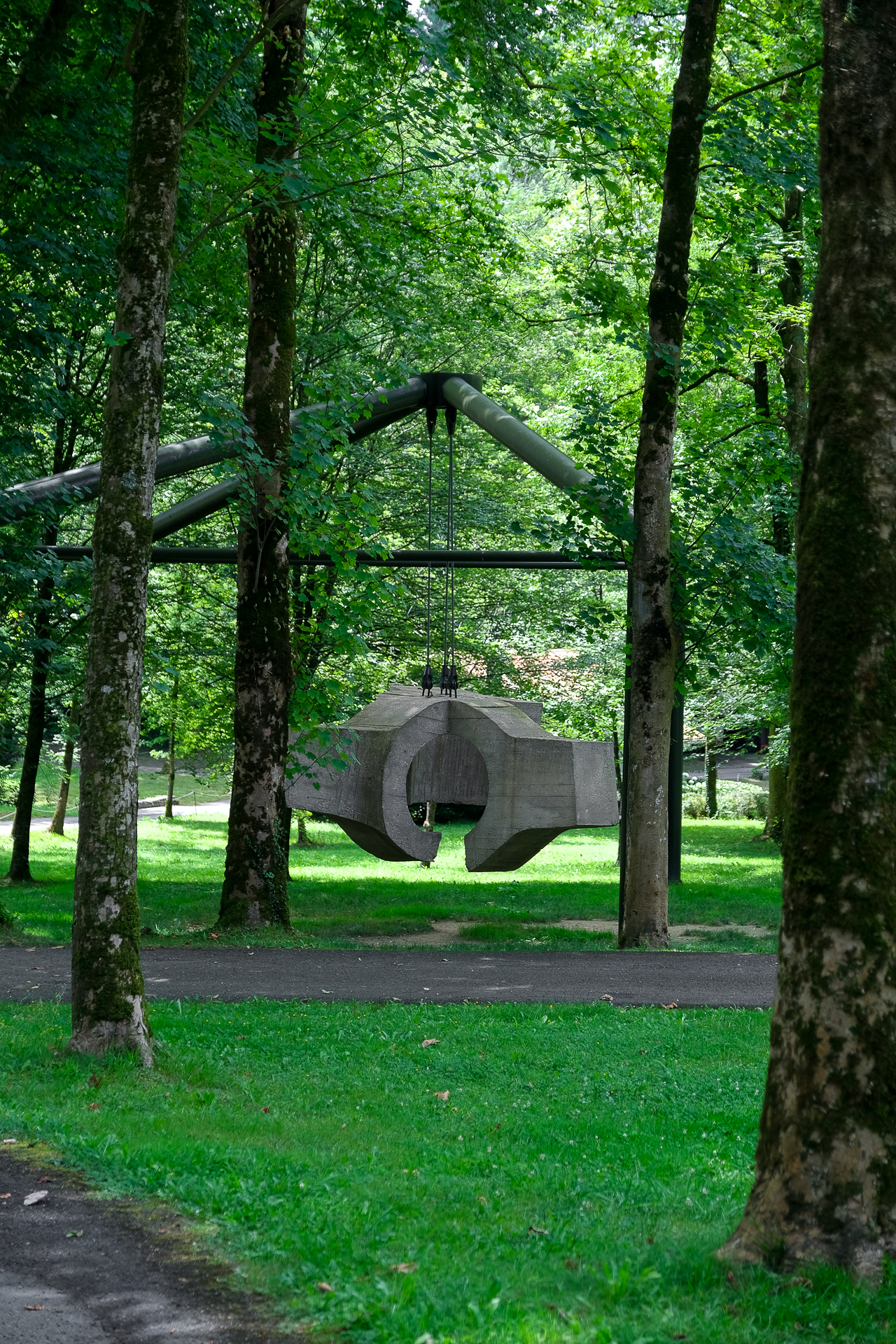
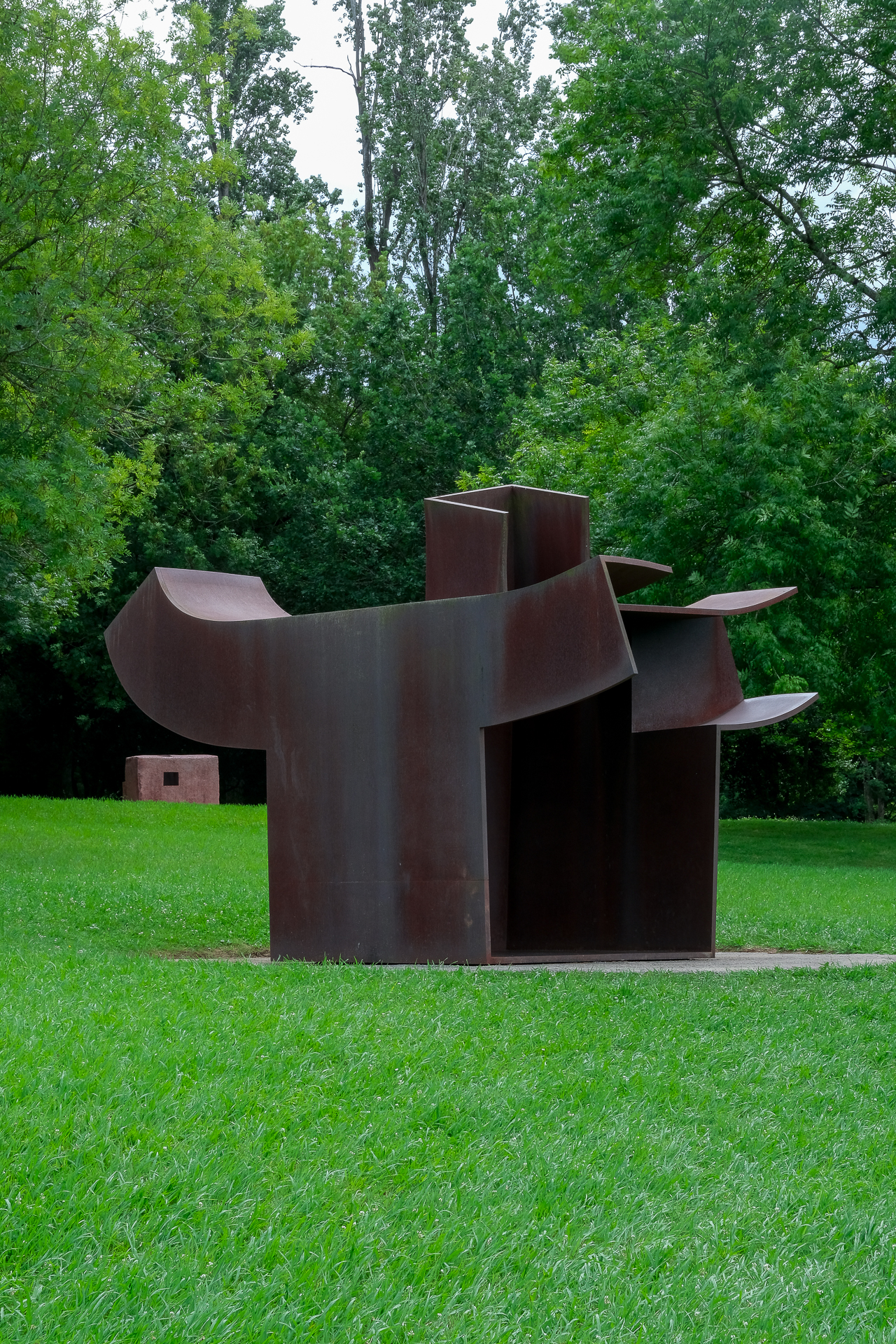
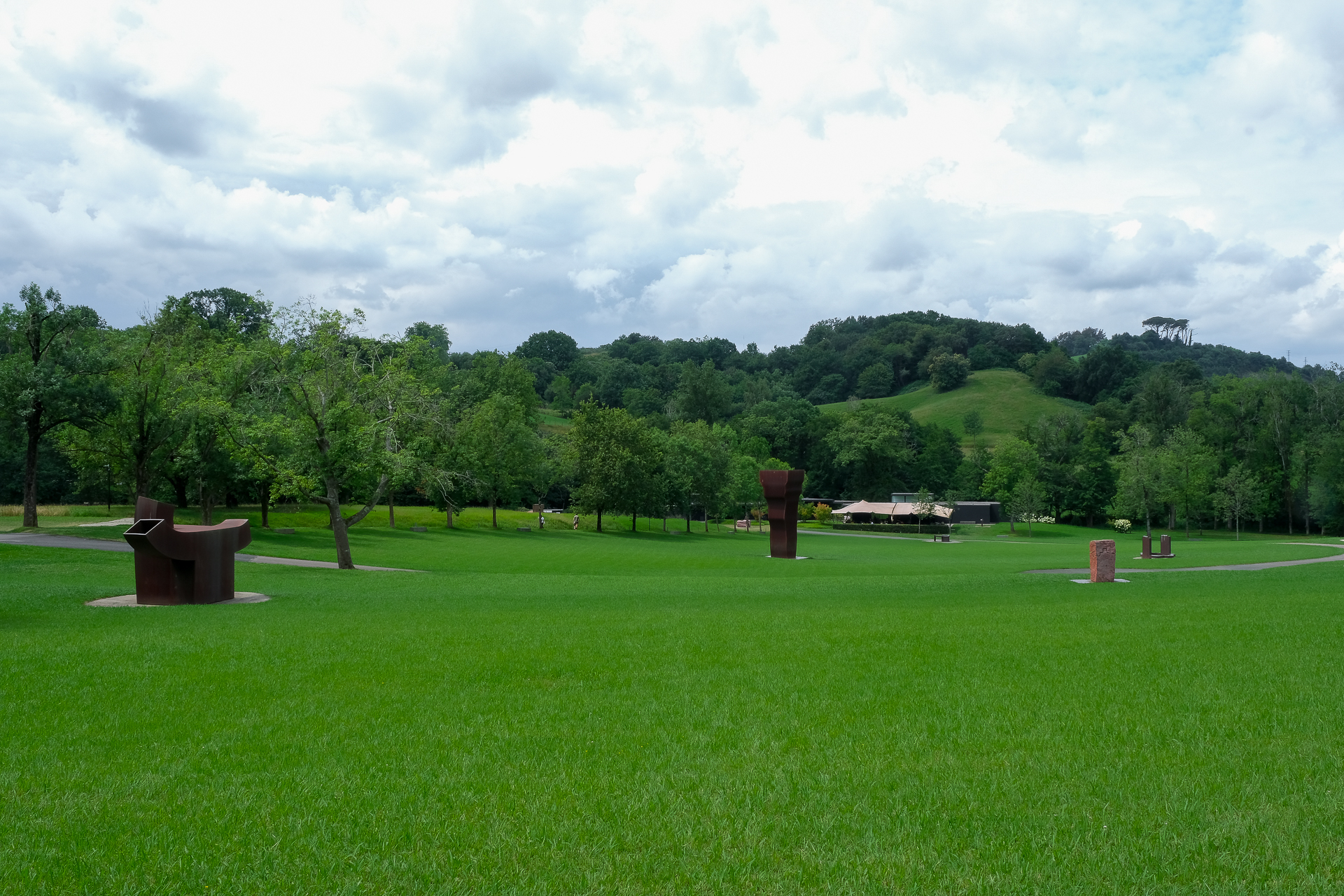
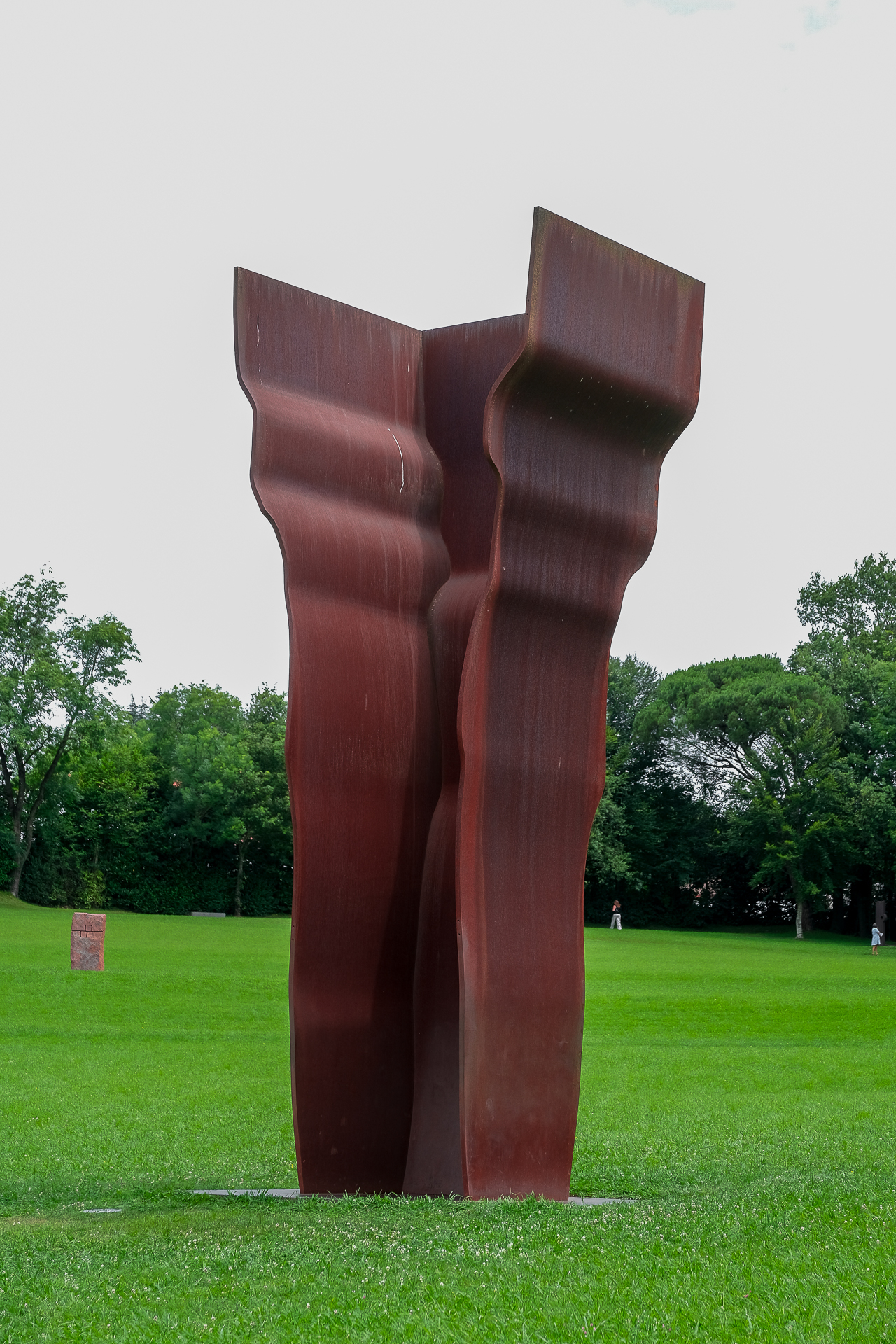
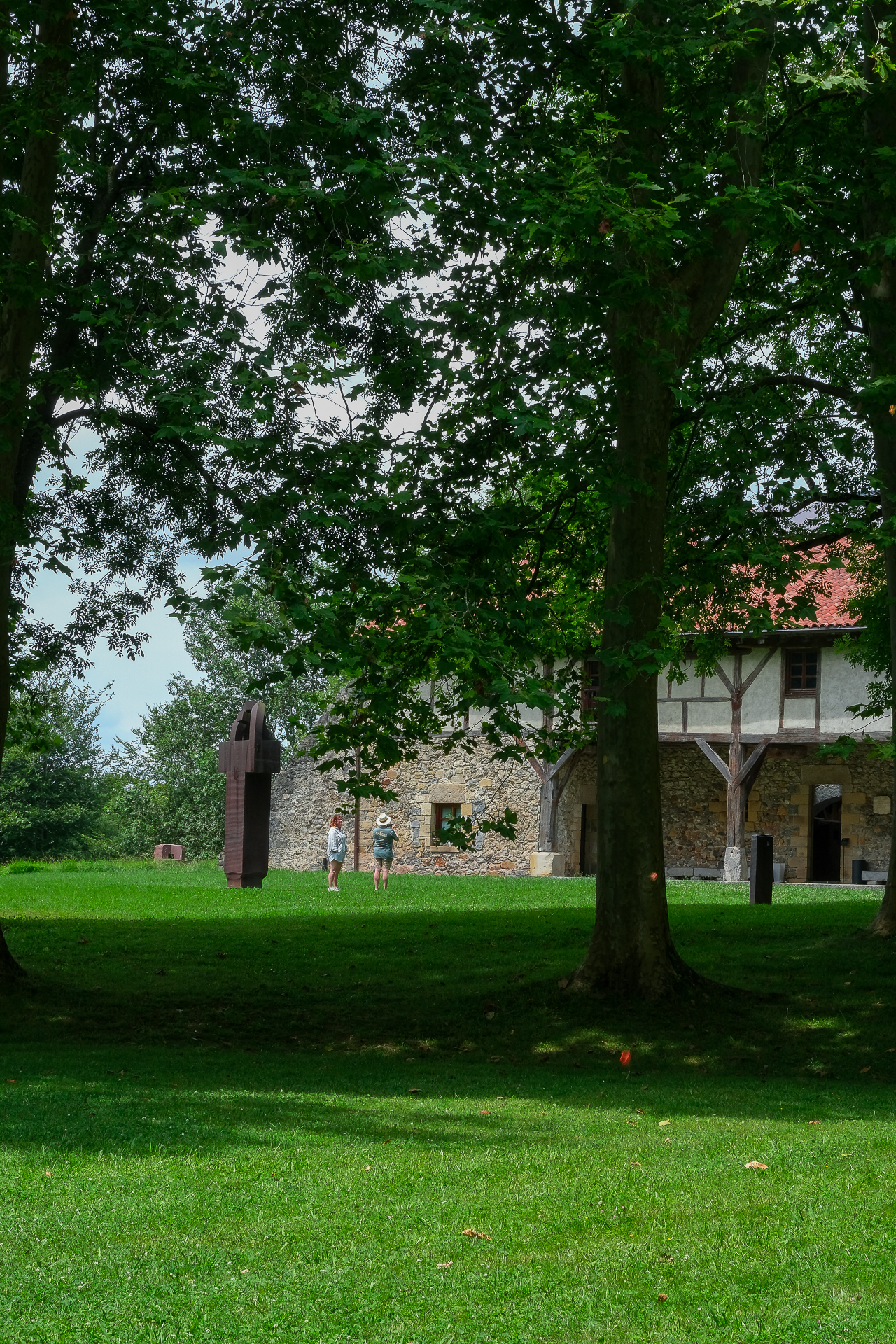






















Eduardo Chillida, one of Spain’s most significant sculptors of the 20th century, is known for his monumental works in steel, granite, and alabaster—sculptures that meditate on space, form, and the void. Born in San Sebastián, Chillida trained in architecture before devoting himself fully to sculpture, developing a distinctive language of abstract, weighty forms that engage both gravity and grace. In the early 1980s, together with his wife Pilar Belzunce, Chillida purchased a dilapidated 16th-century farmhouse in the Basque countryside near Hernani. Over time, this site became Chillida Leku, meaning 'Chillida’s Place', a unique museum where landscape, architecture, and art form a single, unified composition.
At the heart of Chillida Leku is an expansive sculpture garden that flows across meadows, glades, and wooded paths. The outdoor works—over 40 in total—are masterfully placed within the natural contours of the land, encouraging a quiet, intuitive encounter with each piece. Monumental sculptures like Buscando la Luz and Lotura XXXII, made of corten steel or stone, rise from the earth like ancient relics or industrial totems, inviting reflection. The landscape design, recently revitalized by Dutch designer Piet Oudolf, enhances the garden’s organic, immersive quality, where visitors can wander freely without signage or fixed routes—true to Chillida’s belief that 'art isn’t taught, it is felt.'
Anchoring the site is the Zabalaga farmhouse, originally constructed in 1543 and restored under Chillida’s direction. Preserving its original stone and timber structure, the farmhouse now serves as an interior gallery space for smaller works in alabaster, terracotta, steel, and paper—materials unsuited to outdoor display. The warm, sunlit rooms maintain the atmosphere of a lived-in space while functioning as a dynamic archive of Chillida’s more intimate explorations. The farmhouse also hosts rotating exhibitions, including retrospectives and tributes, such as the 2025 celebration of Pilar Belzunce.
More than a museum, Chillida Leku is a living canvas—an expression of Chillida’s profound dialogue with space, nature, and material. It is a place of encounter, where art is not simply viewed, but experienced.

